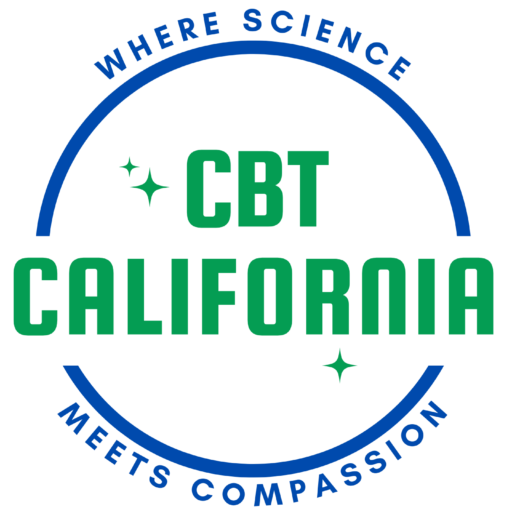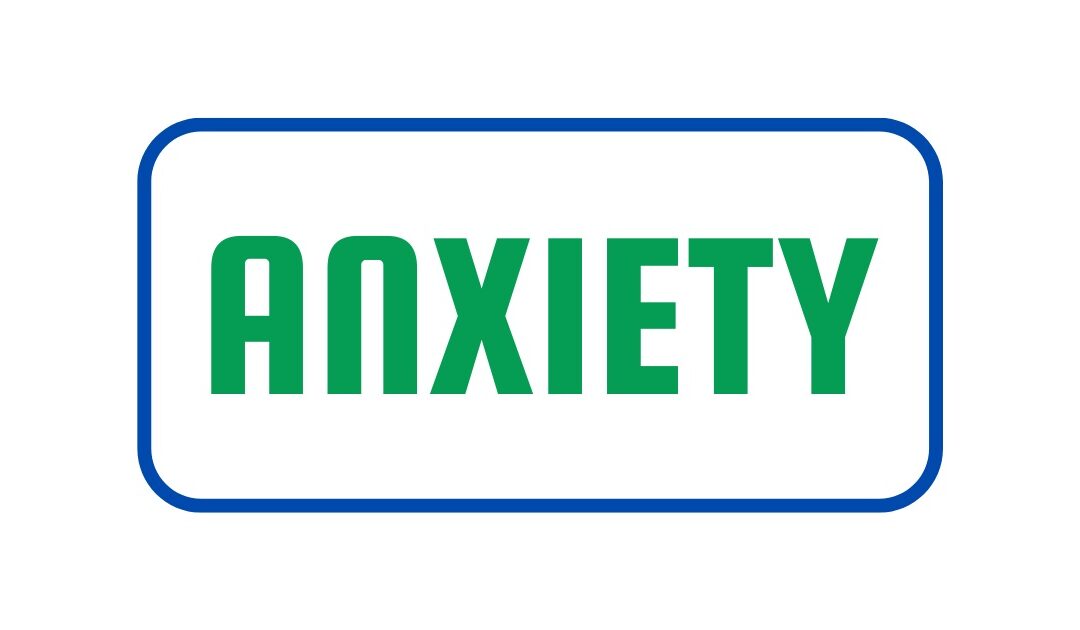Symptoms of anxiety include:
- Restlessness or feeling keyed up or on edge
- Being easily fatigued
- Difficulty concentrating or mind going blank
- Irritability
- Muscle tension
- Sleep disturbance
These emotional and physical responses to anxiety are experienced as aversive and out of the individual’s control. In result, the sufferer may find any way possible to avoid the feared situations or people. While avoidance may initially bring emotional relief, it maintains the avoidance cycle, limits the individual’s range of activity, and heightens anxiety (Wright, Basco, & Thase, 2006).
Anxiety is quite normal and almost everyone experiences it at some time in their lives. The prevalence of anxiety has risen in the last fifty years as American society becomes less socially connected. Approximately 19 million Americans struggle with an anxiety disorder (Leahy, 2009).
Anxiety Disorders may include:
- Generalized Anxiety Disorder
- Obsessive-Compulsive Disorder (OCD)
- Panic Disorder
- Post-Traumatic Stress Disorder (PTSD)
- Social Phobia (or Social Anxiety Disorder)
What causes anxiety?
Anxiety is caused by a number of biological, environmental, and psychological factors. Anxiety is a natural, active defense to danger. We may refer to anxiety as the fight, flight, or freeze response that all animals are born with—it protects us and ensures survival. Anxiety can serve a very adaptive purpose in this regard.
The anxiety response is not only genetic but learned. A person’s body learns to react with anxiety symptoms when fear consistently accompanies a situation or person. As a result, the individual may interpret these situations (and related ones) as dangerous or threatening and avoid them in the future. The good news is anxiety can be unlearned!
Treatment with Cognitive-Behavioral Therapy (CBT)
The treatment of anxiety in CBT involves unlearning the feared response. When you begin treatment, the therapist may assess your symptoms, triggers, and coping strategies, help you identify targets for treatment, and provide basic skills training. Relaxation, breathing training, distraction, and de-catastrophizing are some skills that you may learn. The client practices these skills while gradually engaging in behavioral experiments that help him or her confront the fear. You may also work on modifying beliefs about the feared situation/person and learn to interpret fears in ways that help you cope and increase your range of valued activities. If you are struggling with anxiety, making progress will require being uncomfortable for tolerable amounts of time. In your treatment of anxiety, you may also practice surrendering control (Leahy, 2009).
References:
- Leahy, R. (2009, April 30). CBT Approaches to Treatment Resistant Anxiety. Lecture presented at Harbor-UCLA, Torrance, CA.
- Wright, J.H., Basco, M.R., & Thase, M.E. (2006). Learning cognitive-behavior therapy. American Psychiatric Publishing, Inc.
- Additional Information Online:
- American Psychiatric Association. (2009). www.HealthyMinds.org
- Anxiety Disorders Association of America. www.adaa.org
National Institute of Mental Health. (2009, March 30). Anxiety disorders. Retrieved June 16, 2009, from http://www.nimh.nih.gov/health/publications/anxiety-disorders/complete-index.shtml
National Mental Health Organization. (2009). Fact sheet: Anxiety disorders. Retrieved June 16, 2009, from http://www.mentalhealthamerica.net/go/information/get-info/anxiety-disorders
Books:
- Burns, D. (1999). The feeling good handbook. Penguin: New York, NY
- Forsyth, J. P. (2008). The mindfulness and acceptance workbook for anxiety: A guide to breaking free from anxiety, phobias, and worry using acceptance and commitment therapy. New Harbinger Publications.
- Greenberger, D. (1995). Mind over mood: Change how you feel by changing the way you think. Guilford Press: New York, NY
- Leahy, R. (1996). The worry cure: Seven steps to stop worry from stopping you. Three Rivers Press
• Leahy, R. (2009). Anxiety free. Hay House. - Lejeune, C. (2007). The worry trap: How to free yourself from worry & anxiety using acceptance and commitment therapy. Oakland, CA: New Harbinger.

